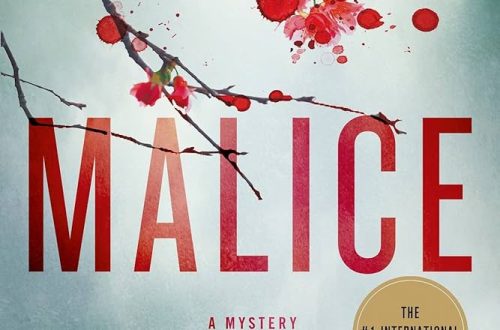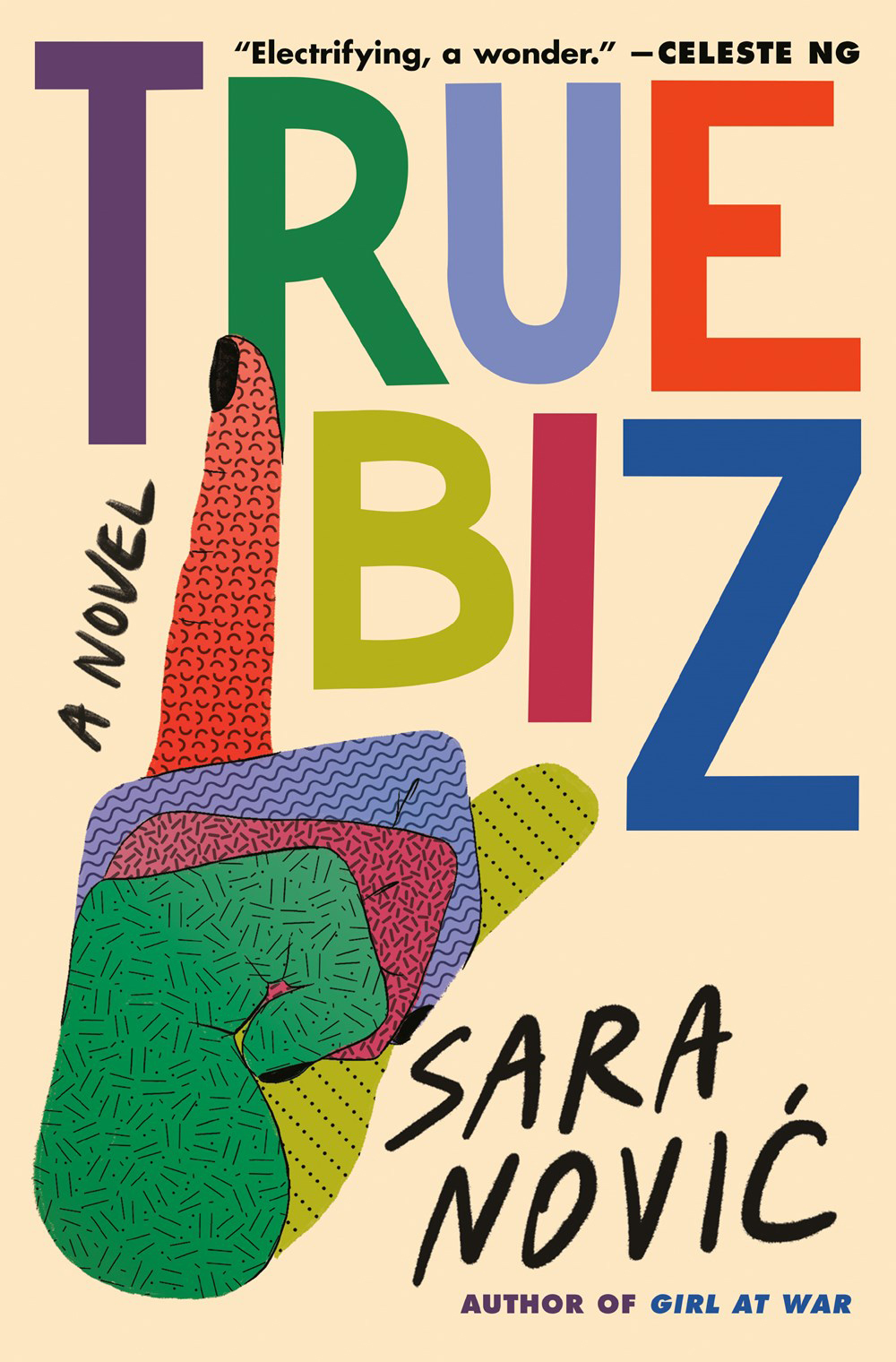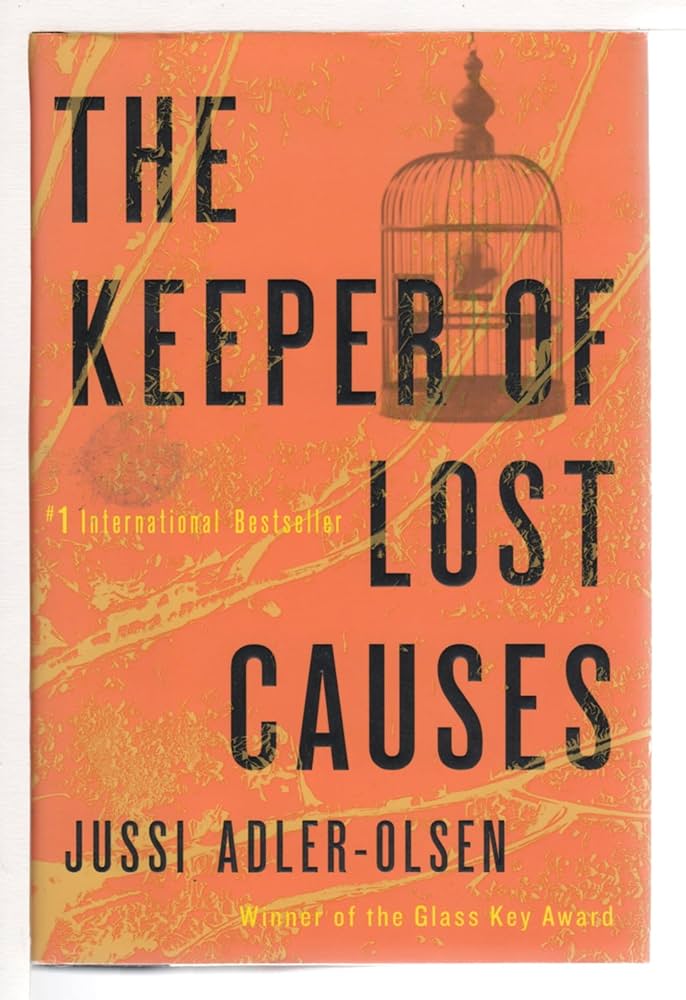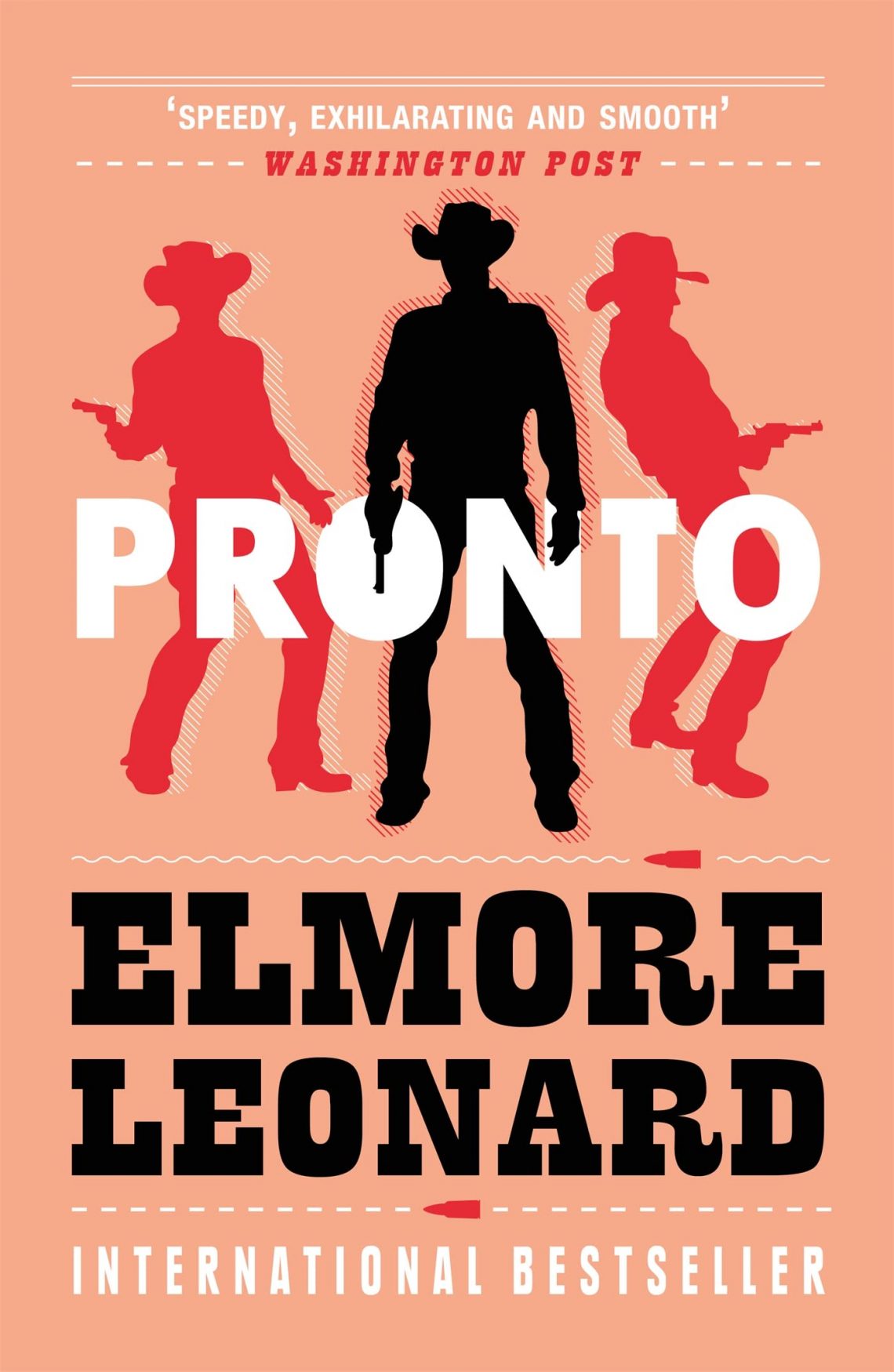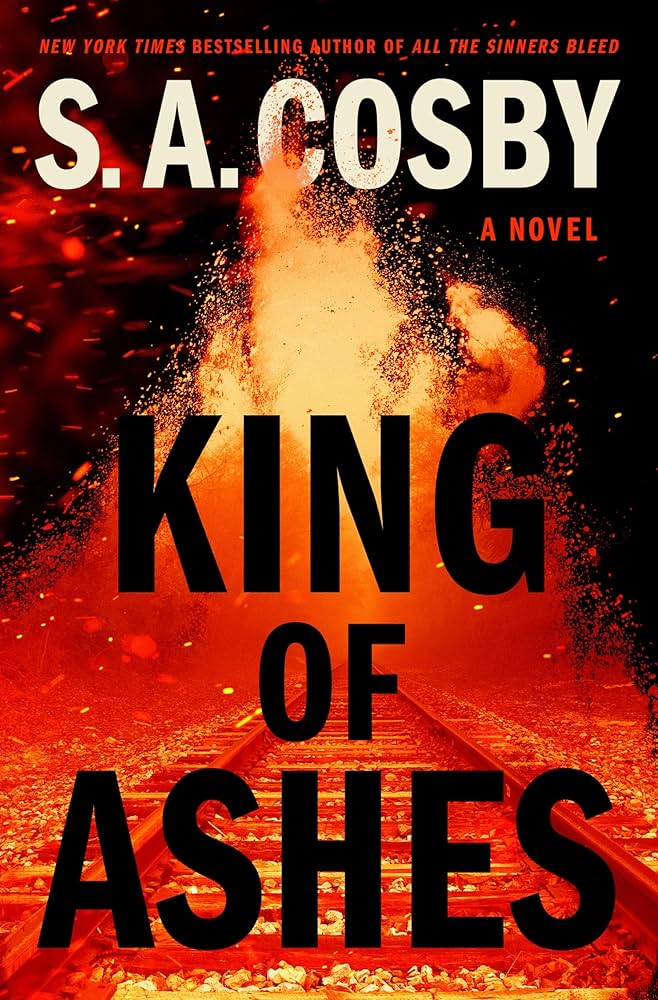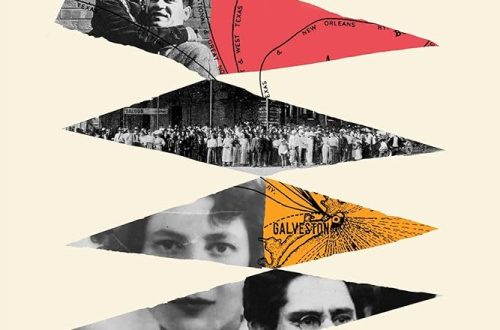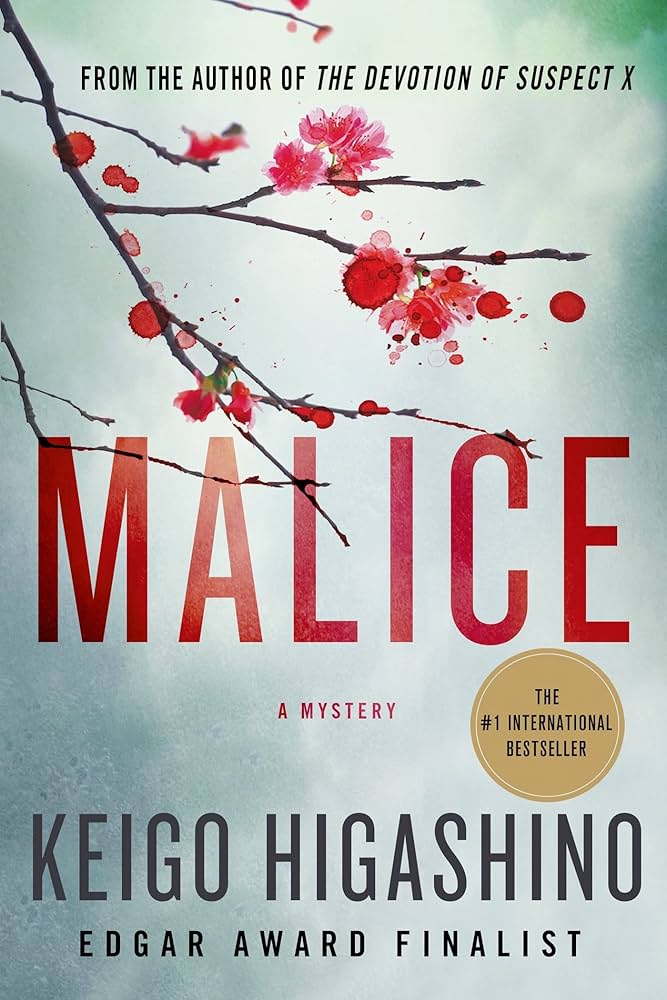This spy drama set in China received excellent reviews when it came out in 2014. A Chinese spy for British intelligence called Peanut breaks free from a remote Chinese prison camp where he has been incarcerated for two decades. On the run, but determined to reactivate his connections and expose China’s advanced rocket systems, Peanut contacts Phillip Mangan, a muckraking British journalist posted in Beijing. Mangan is reluctant to get involved, but is shoehorned into running Peanut by Britain’s secret service.
The author, Adam Brookes, a former journalist himself, excels at exposing Chinese bureaucracies, its secret police, bruising interrogation techniques, and attempts to maintain state control at any cost. In contrast, his spy craft reads like it was assembled from magazine articles and his plot progression like it was derived from movies that he’s seen.The book received a few awards and nominations and the journalist protagonist turned spy is featured in subsequent books that I don’t think I am going to read.

